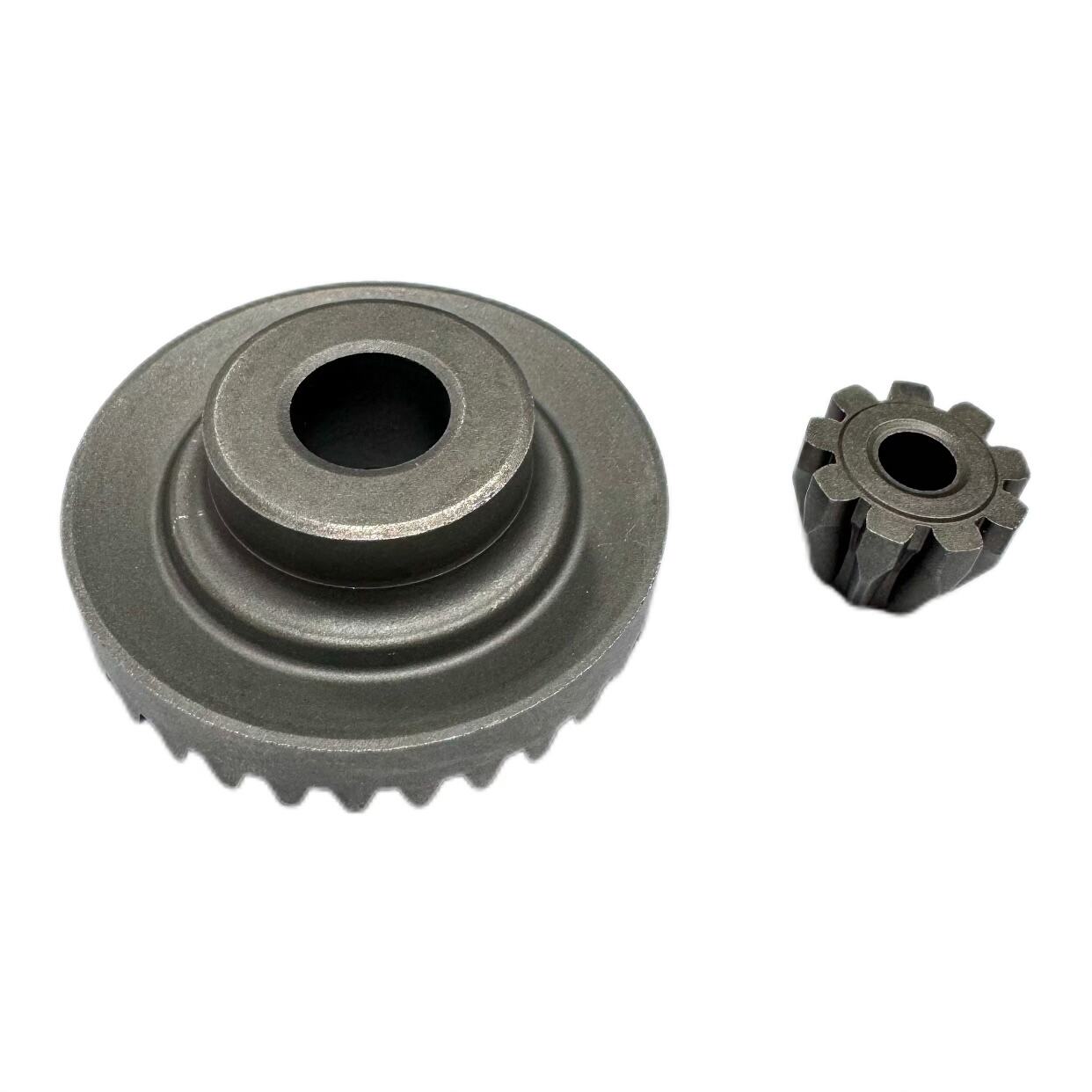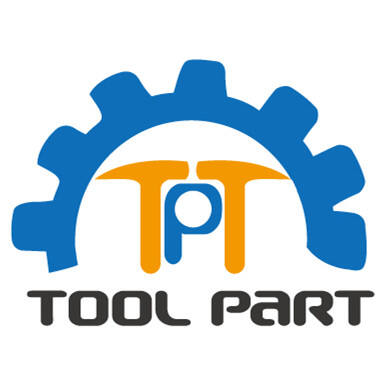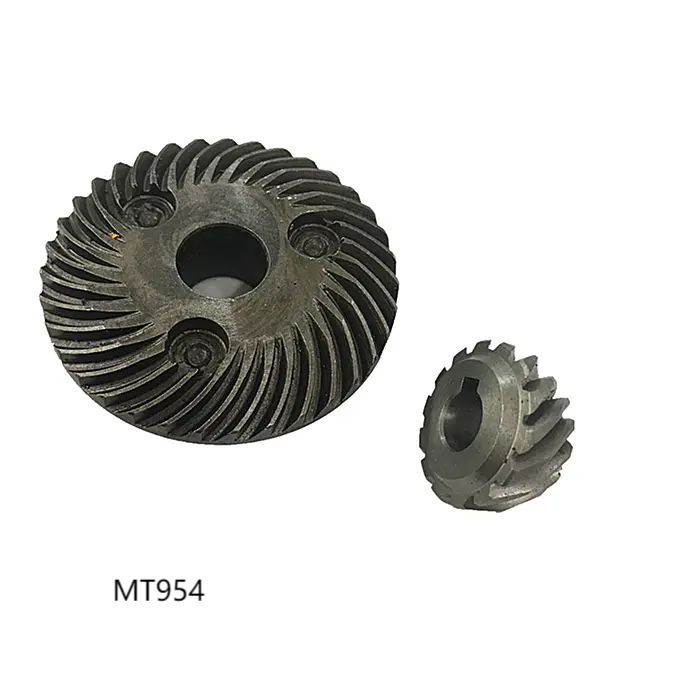What Are the Common Failures in Wheel Gears and How Can They Be Prevented?
Wheel gears are critical components in machinery, transferring power and motion in everything from cars and bikes to industrial equipment. When they fail, machines break down, leading to downtime, repair costs, and even safety risks. Understanding the common failures in wheel gears and how to prevent them is key to keeping machinery running smoothly. Let’s explore the most frequent issues and practical ways to avoid them.
1. Tooth Surface Wear: Gradual Grinding Down of Teeth
One of the most common failures in wheel gears is tooth surface wear—over time, the gear teeth grind against each other, becoming thinner, smoother, or uneven. This reduces the gear’s ability to transfer power efficiently.
-
Causes:
- Insufficient lubrication: Without enough oil or grease, metal-to-metal contact between teeth creates friction, wearing them down.
- Contaminants: Dirt, metal shavings, or grit in the lubricant act like sandpaper, accelerating wear.
- Overloading: Putting more stress on the wheel gears than they’re designed for increases friction and wear.
- Signs: Teeth look shiny, rounded, or uneven. The gear may make a “whining” noise as worn teeth struggle to mesh.
-
Prevention:
- Lubricate regularly: Use the correct lubricant (oil for high-speed gears, grease for heavy loads) and replace it on schedule to remove contaminants.
- Filter lubricants: Use filters to trap dirt and metal particles before they reach the wheel gears.
- Avoid overloading: Stay within the gear’s rated load capacity. For example, a bike’s rear wheel gears shouldn’t be forced to climb steep hills in a high gear, as this overloads the teeth.
2. Tooth Root Fracture: Cracks or Breaks at the Base of Teeth
The root of a gear tooth (where the tooth meets the gear’s body) is a weak point. Over time, repeated stress can cause cracks here, leading to complete tooth breakage.
-
Causes:
- Fatigue: Constant cycling of load (e.g., a car’s transmission shifting gears) creates tiny cracks that grow over time.
- Impact loads: Sudden, sharp forces (like slamming a car into gear or dropping a heavy load on a crane) can snap teeth at the root.
- Poor material quality: Weak metals or improper heat treatment make the root more prone to breaking.
- Signs: Visible cracks at the base of teeth, loose or missing teeth, or a “clunking” sound when the gear turns.
-
Prevention:
- Choose high-quality materials: Use heat-treated alloys (like 4140 steel) for wheel gears, as they resist fatigue better than soft metals.
- Avoid sudden impacts: Operate machinery smoothly—for example, shift car gears gradually instead of jamming them into place.
- Round tooth roots: Design wheel gears with rounded root profiles (instead of sharp corners) to reduce stress concentration.
- Regular inspections: Use dye penetrant testing to find hidden cracks in wheel gears before they break.
3. Pitting: Small Holes on Tooth Surfaces
Pitting is the formation of tiny, crater-like holes on the surface of wheel gear teeth. These holes start small but grow, weakening the teeth and causing rough operation.
-
Causes:
- High contact stress: When teeth press too hard against each other (e.g., from overloading or poor alignment), the surface metal fatigues and pits.
- Water or contaminants in lubricant: Moisture causes corrosion, which weakens the surface and accelerates pitting.
- Poor lubrication: Without enough lubricant, metal-to-metal contact creates high friction, leading to pitting.
- Signs: Dull, rough tooth surfaces with small holes, increased noise, and reduced efficiency (machinery uses more power to run).
-
Prevention:
- Optimize gear alignment: Ensure wheel gears mesh evenly, so contact stress is distributed across the tooth surface (not concentrated in one spot).
- Use anti-pitting lubricants: Choose lubricants with additives (like sulfur or phosphorus) that form a protective film on teeth, reducing metal contact.
- Keep lubricant clean and dry: Seal gearboxes to prevent water or dirt from entering, and replace lubricant regularly.
- Limit contact stress: Design wheel gears with larger tooth surfaces (wider teeth) to spread stress, reducing pitting risk.

4. Scuffing (Galling): Metal Transfer Between Teeth
Scuffing happens when high heat and friction cause metal from one gear tooth to stick to another, leaving rough, raised marks (called “scuffs”). It often occurs at high speeds.
-
Causes:
- Lubricant failure: At high speeds, lubricant can’t form a protective film, so teeth rub directly, generating heat.
- Excessive speed or load: High-speed rotation (like in a car’s differential) combined with heavy loads creates friction that overheats the lubricant.
- Rough tooth surfaces: Poorly finished teeth (with rough edges) increase friction, making scuffing more likely.
- Signs: Shiny, melted-looking spots on teeth, a burning smell, or gears that “stick” when turning.
-
Prevention:
- Use high-temperature lubricants: For high-speed wheel gears, choose synthetic lubricants that resist breakdown at high heat (e.g., polyalphaolefin oils).
- Control speed and load: Avoid running wheel gears at maximum speed while under heavy load—for example, don’t rev a truck’s engine hard when towing a trailer.
- Smooth tooth surfaces: Finish gear teeth with precision grinding to reduce friction. Polished surfaces help lubricant spread evenly.
- Add cooling systems: For gearboxes in high-speed machinery (like industrial mills), use fans or oil coolers to keep temperatures low.
5. Plastic Deformation: Permanent Bending or Shaping of Teeth
Plastic deformation occurs when wheel gear teeth bend, flatten, or “flow” under extreme stress, losing their original shape. This ruins the gear’s ability to mesh properly.
-
Causes:
- Severe overloading: Forces beyond the gear’s strength (e.g., a crane lifting more than its rated weight) cause the metal to yield and deform.
- Soft materials: Wheel gears made of low-strength metals (like untreated aluminum) are more likely to deform than those made of hardened steel.
- High temperatures: Heat softens metal, making it easier to deform under load.
- Signs: Teeth that look bent, flattened, or uneven, with poor meshing (gears grind or skip when turning).
-
Prevention:
- Select appropriate materials: Use heat-treated steel or alloy gears for high-load applications. For example, truck transmission wheel gears are often made of hardened 8620 steel to resist deformation.
- Stay within load limits: Never exceed the gear’s rated capacity. Use load sensors on machinery to alert operators of overloads.
- Strengthen with heat treatment: Processes like carburizing (adding carbon to the surface) harden gear teeth, making them more resistant to deformation.
- Avoid overheating: Ensure cooling systems (like oil pumps) work properly to keep wheel gears at safe temperatures.
6. Misalignment Failures: Uneven Wear Due to Poor Positioning
Even well-made wheel gears fail if they’re misaligned—mounted at an angle or offset from their mating gear. This causes uneven contact, leading to premature wear or breakage.
-
Causes:
- Poor installation: Incorrectly mounting gears (e.g., loose bolts or warped housings) throws them out of alignment.
- Worn bearings: Bearings that support the gear shaft can wear, allowing the shaft to tilt and misalign the gear.
- Thermal expansion: High heat causes gear shafts to expand, shifting the gear’s position relative to its mate.
- Signs: Uneven tooth wear (one side of teeth is more worn than the other), vibration, and increased noise.
-
Prevention:
- Precise installation: Use alignment tools (like dial indicators) to ensure wheel gears are parallel and centered during setup. Tighten mounting bolts evenly to avoid warping.
- Maintain bearings: Replace worn or damaged bearings regularly, as they keep the gear shaft stable.
- Account for thermal expansion: Design gearboxes with clearance for shaft expansion, or use flexible couplings to absorb shifts in position.
FAQ
What is the most common cause of wheel gear failure?
Insufficient lubrication is the top cause—it leads to wear, pitting, and scuffing. Regular lubrication with the right oil or grease prevents most avoidable failures.
How can I tell if my wheel gears are failing early?
Look for warning signs: unusual noises (whining, clunking), vibration, uneven wear on teeth, or visible cracks. Regular inspections (every 6–12 months) catch issues before they worsen.
Can I repair a damaged wheel gear, or must I replace it?
Minor wear (like slight pitting) can sometimes be fixed by regrinding teeth. But cracked, broken, or severely deformed gears must be replaced—repairs won’t restore their strength.
Does material choice affect how often wheel gears fail?
Yes. Hardened steel alloys resist wear, fatigue, and deformation better than soft metals like aluminum. For high-stress uses (car transmissions), investing in quality materials reduces failure rates.
How important is alignment for wheel gear lifespan?
Very important. Misaligned gears wear unevenly and fail 2–3 times faster than properly aligned ones. Taking time to align gears during installation saves money long-term.
Table of Contents
- What Are the Common Failures in Wheel Gears and How Can They Be Prevented?
- 1. Tooth Surface Wear: Gradual Grinding Down of Teeth
- 2. Tooth Root Fracture: Cracks or Breaks at the Base of Teeth
- 3. Pitting: Small Holes on Tooth Surfaces
- 4. Scuffing (Galling): Metal Transfer Between Teeth
- 5. Plastic Deformation: Permanent Bending or Shaping of Teeth
- 6. Misalignment Failures: Uneven Wear Due to Poor Positioning
- FAQ

